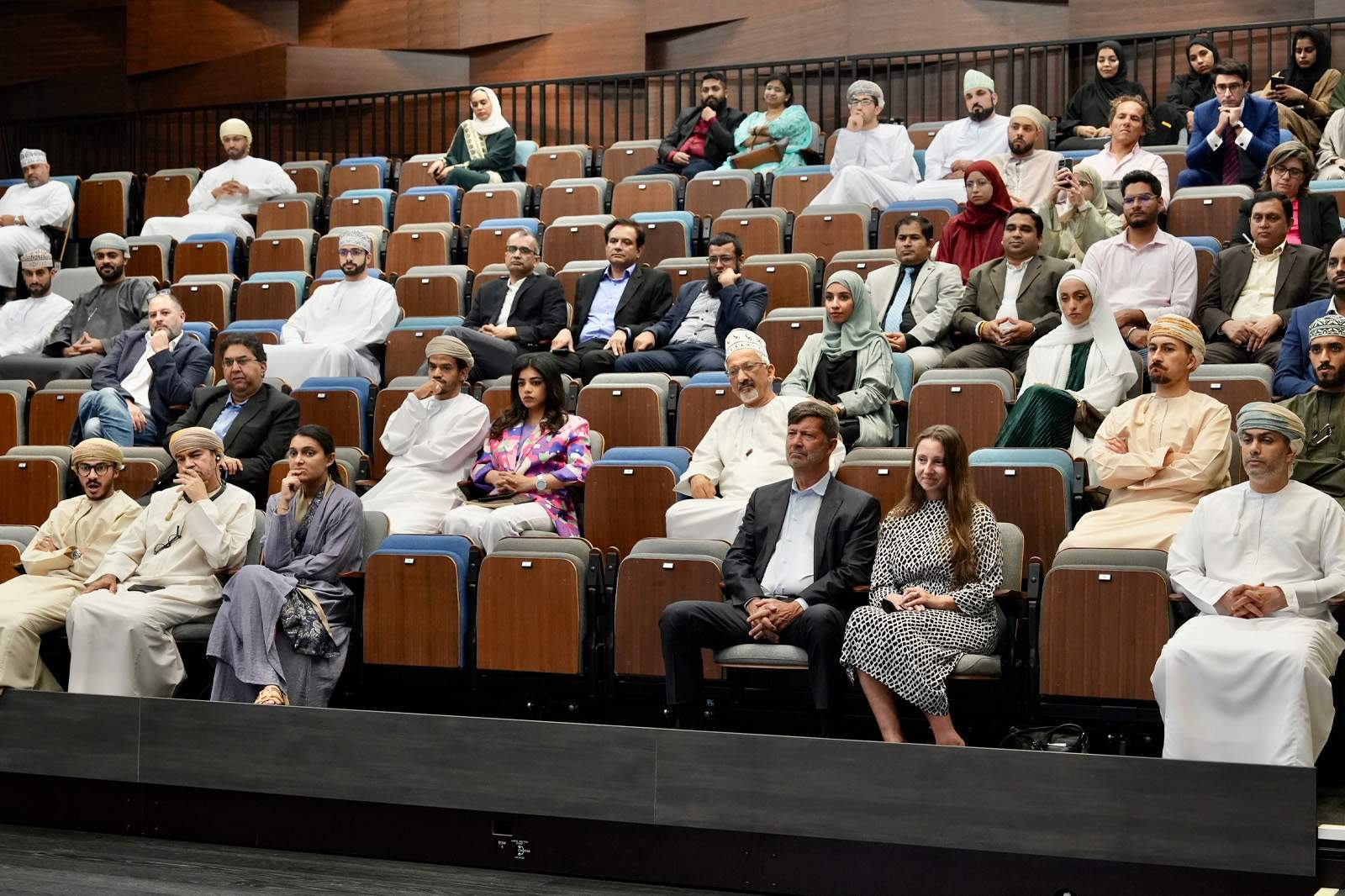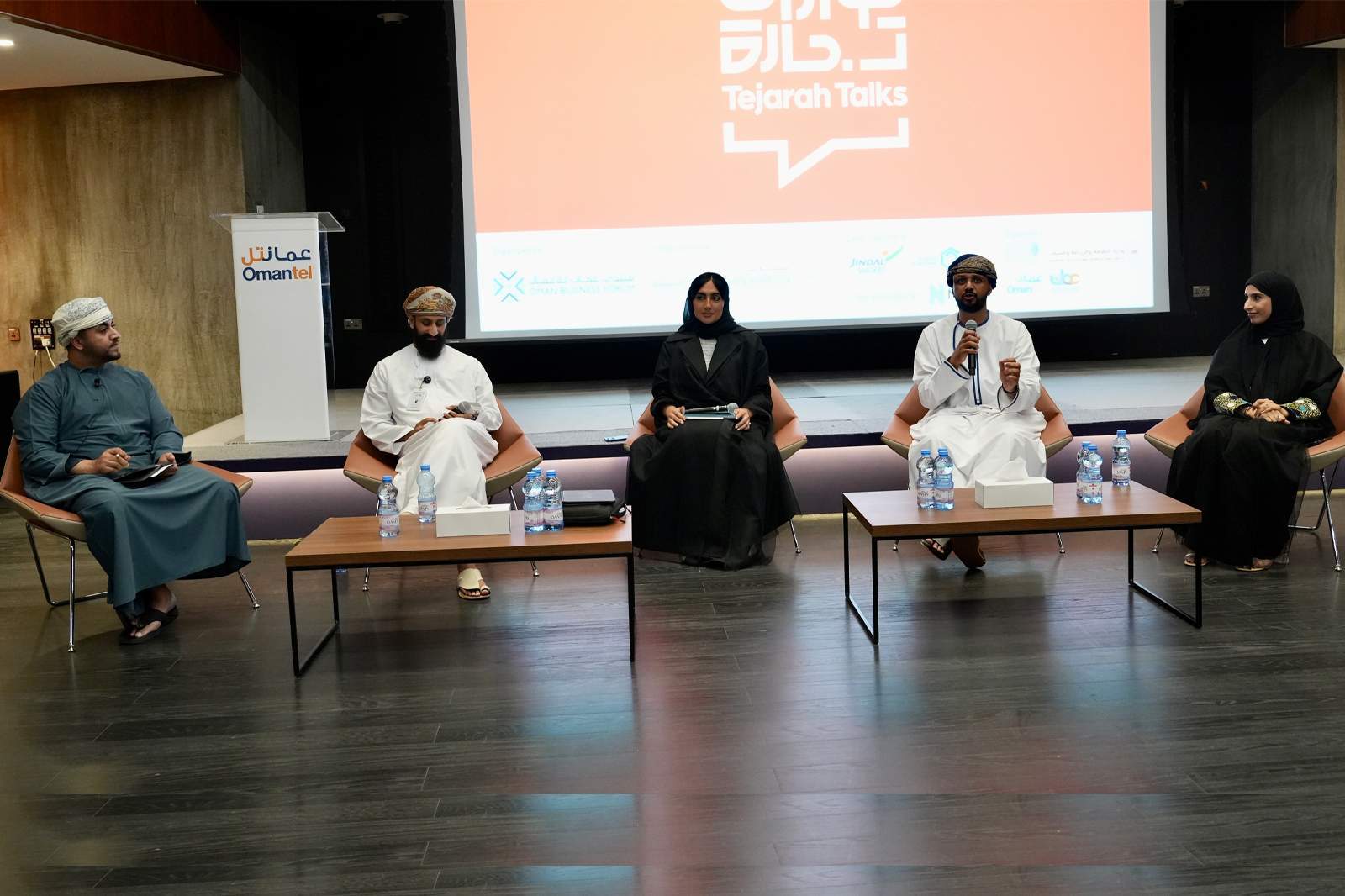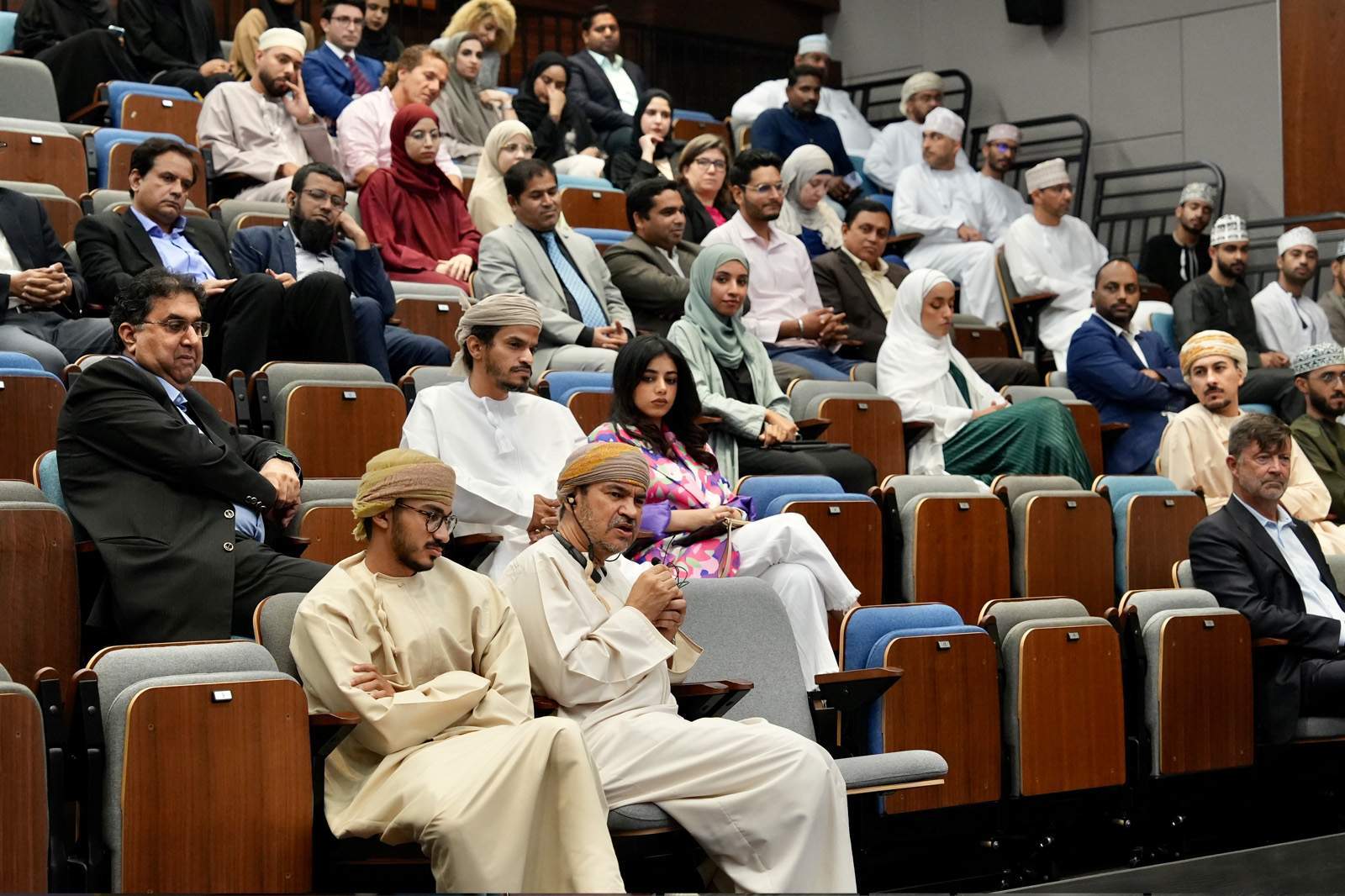Tejarah Talks
Web 3.0 Opportunity Unchained
13 September 2023
09:00 am
-
05:00 am
Muscat, Oman
Web 3.0 aims to put the power back into the hands of the people. Here is how Web 3.0 is countering the invasiveness that has become synonymous with Web 2.0.
Decentralization
By moving away from centralized servers and databases, Web 3.0 disperses information across multiple nodes. This ensures no single entity can control or access vast amounts of personal data. Users interact directly with each other, cutting out middlemen, reducing the risk of mass data exploitation.
Data Sovereignty
In Web 3.0, users own their data. Instead of relinquishing control to large platforms, individuals can decide how and with whom they share their information. This model empowers users to control their digital identity, choosing what to reveal and to whom.
Secure Transactions
Blockchain technology is a fundamental part of Web 3.0, offering a secure and transparent way to conduct transactions. Every action is recorded on a decentralized ledger, providing transparency without sacrificing privacy. It is a system that fosters trust without requiring users to reveal sensitive information.







